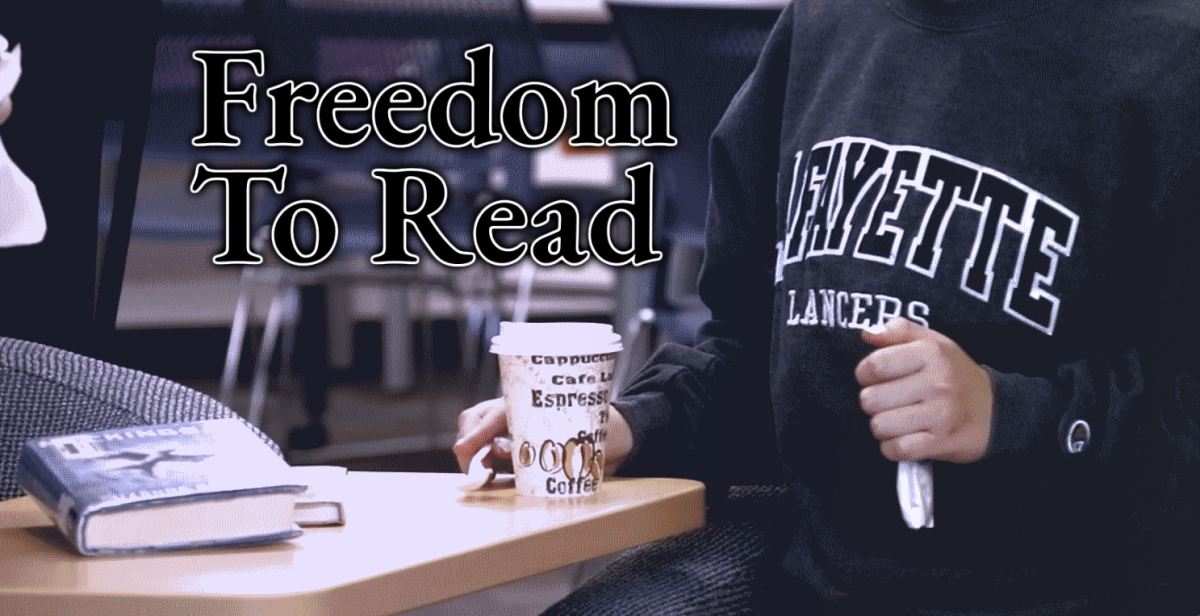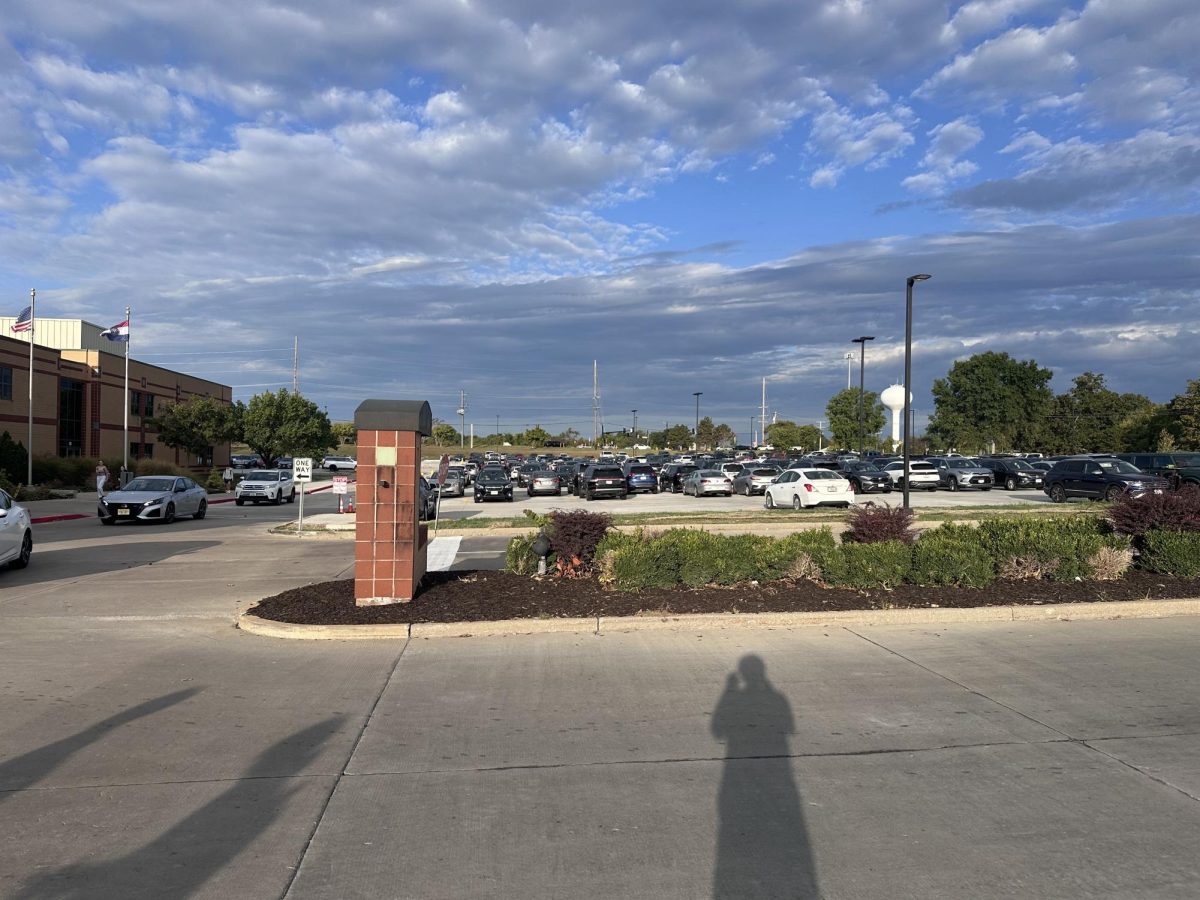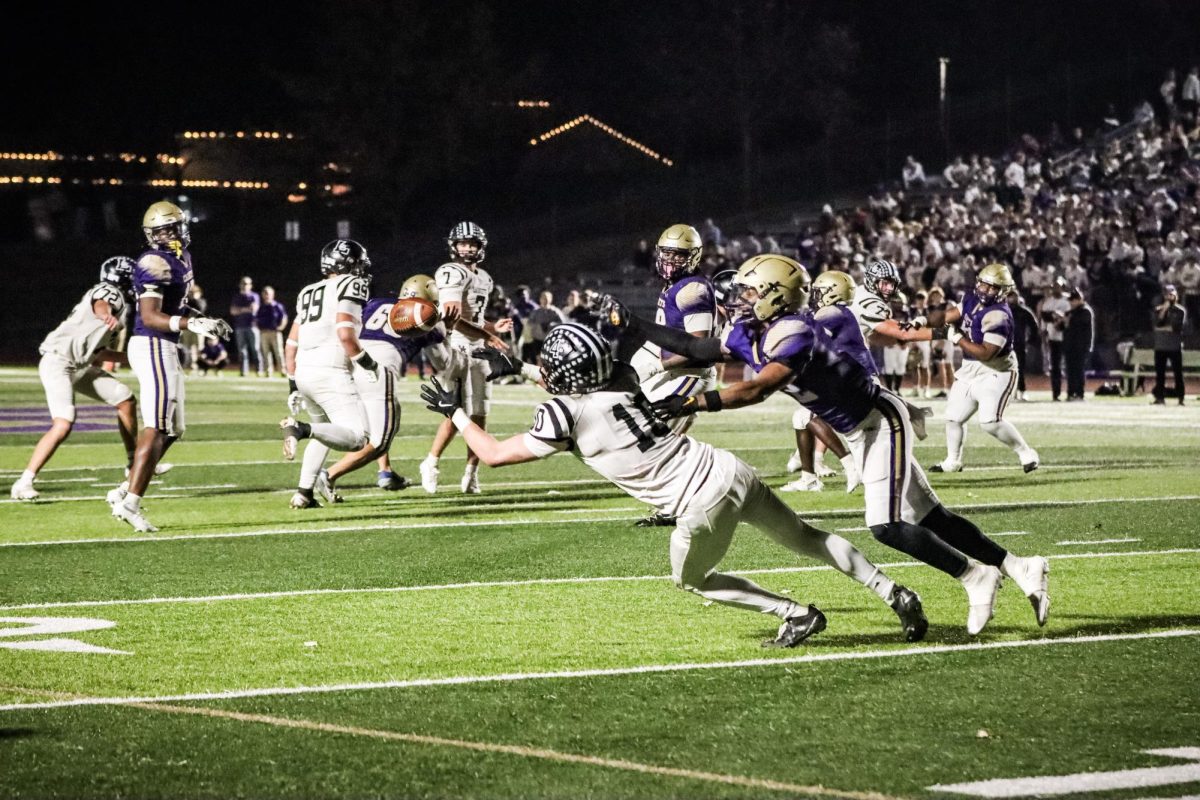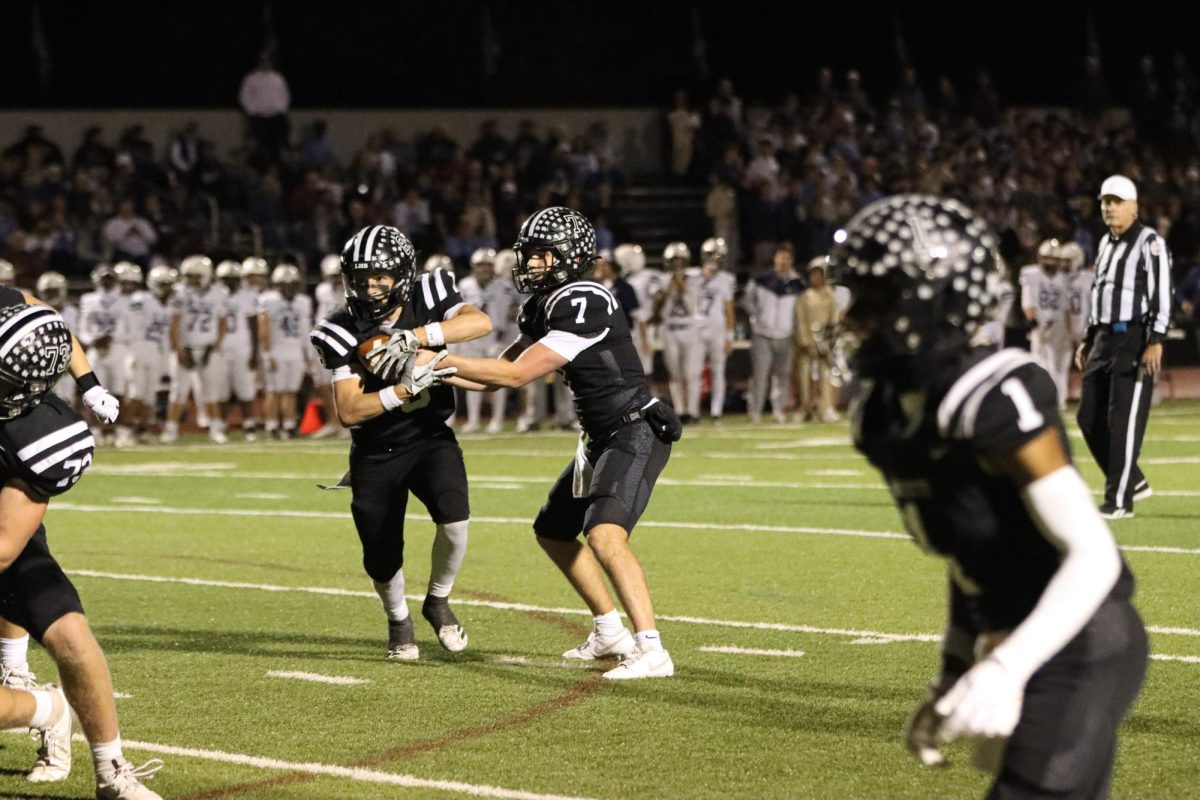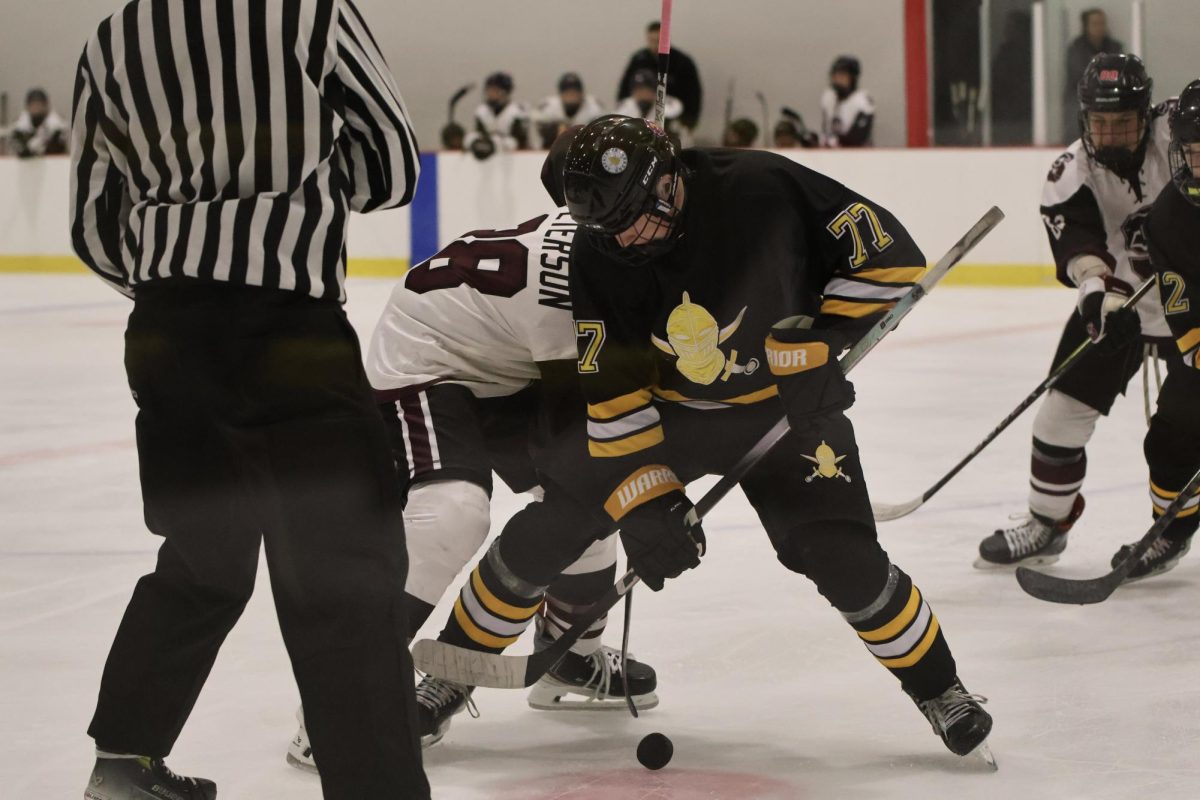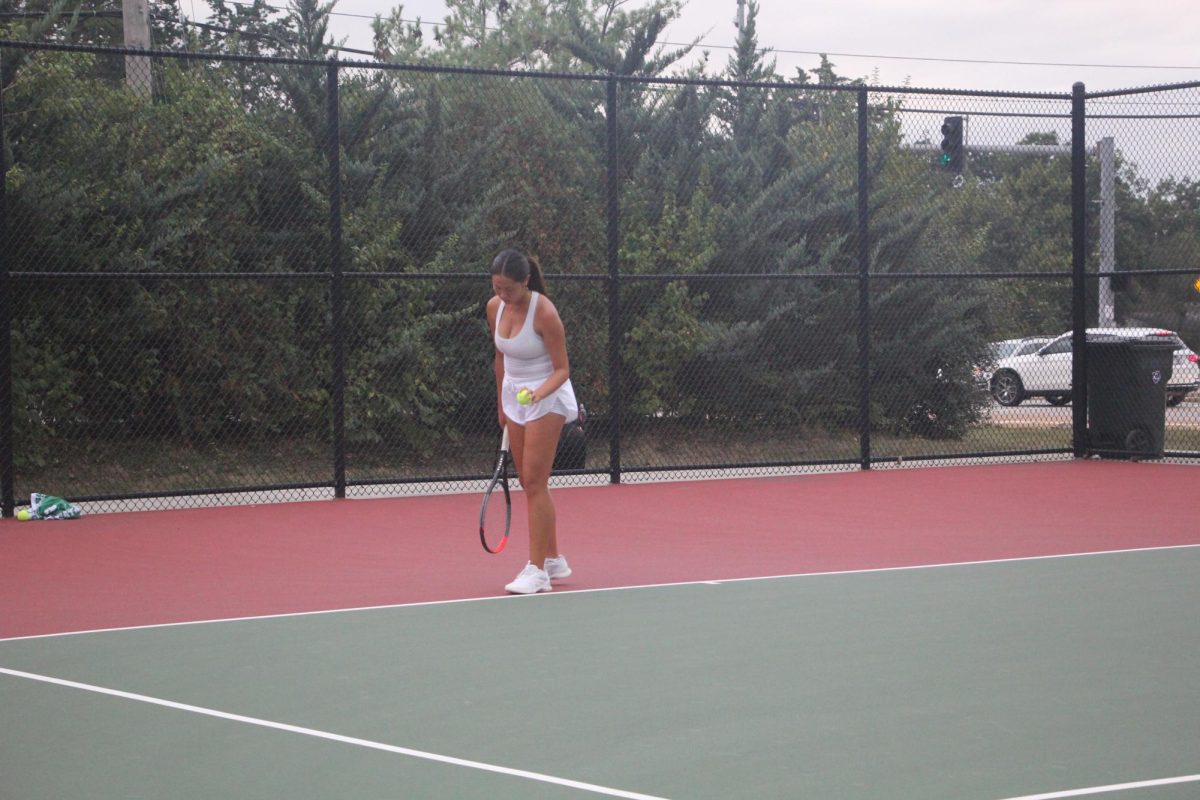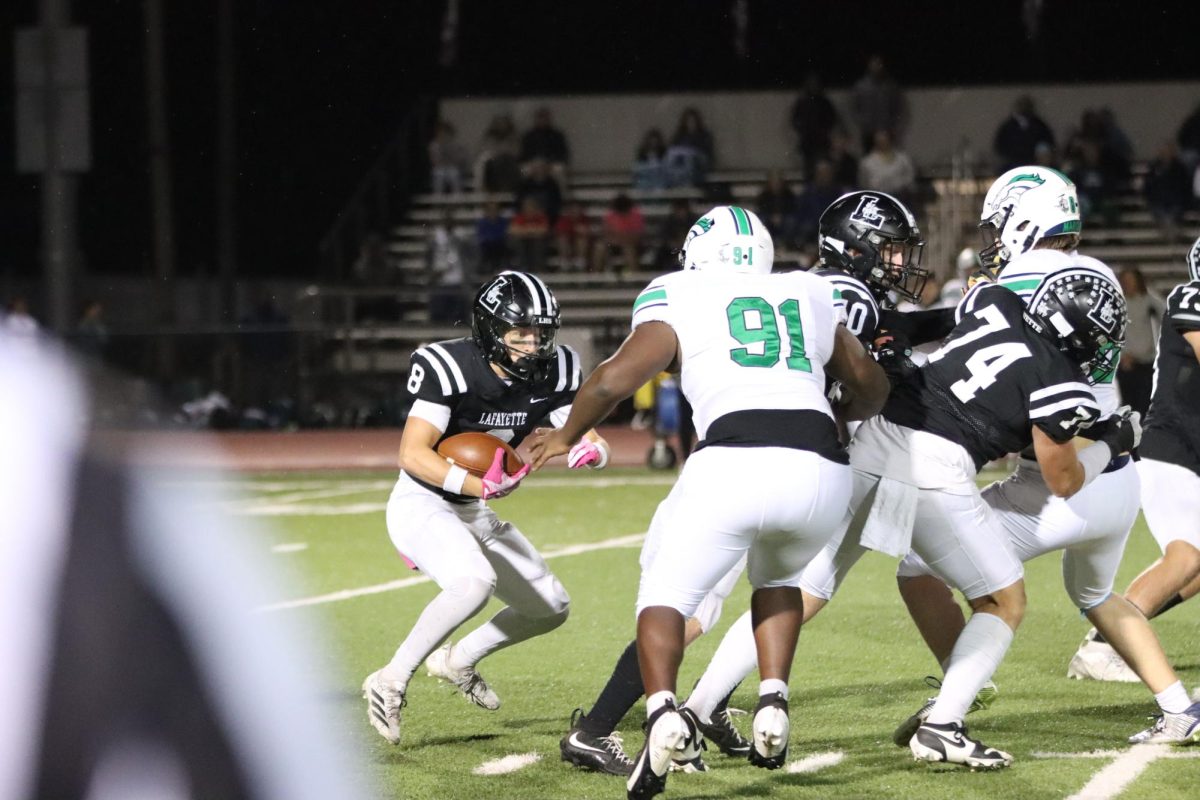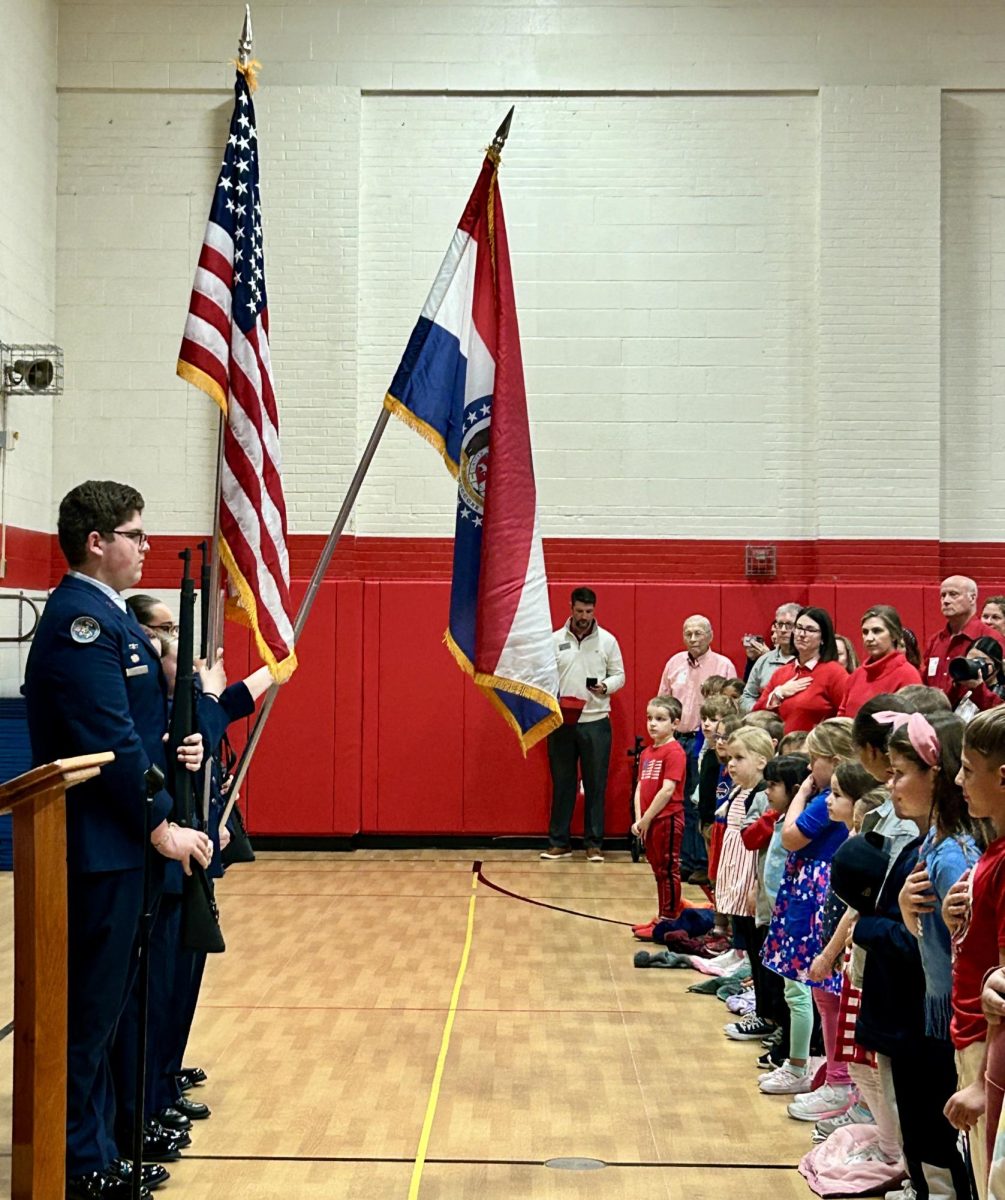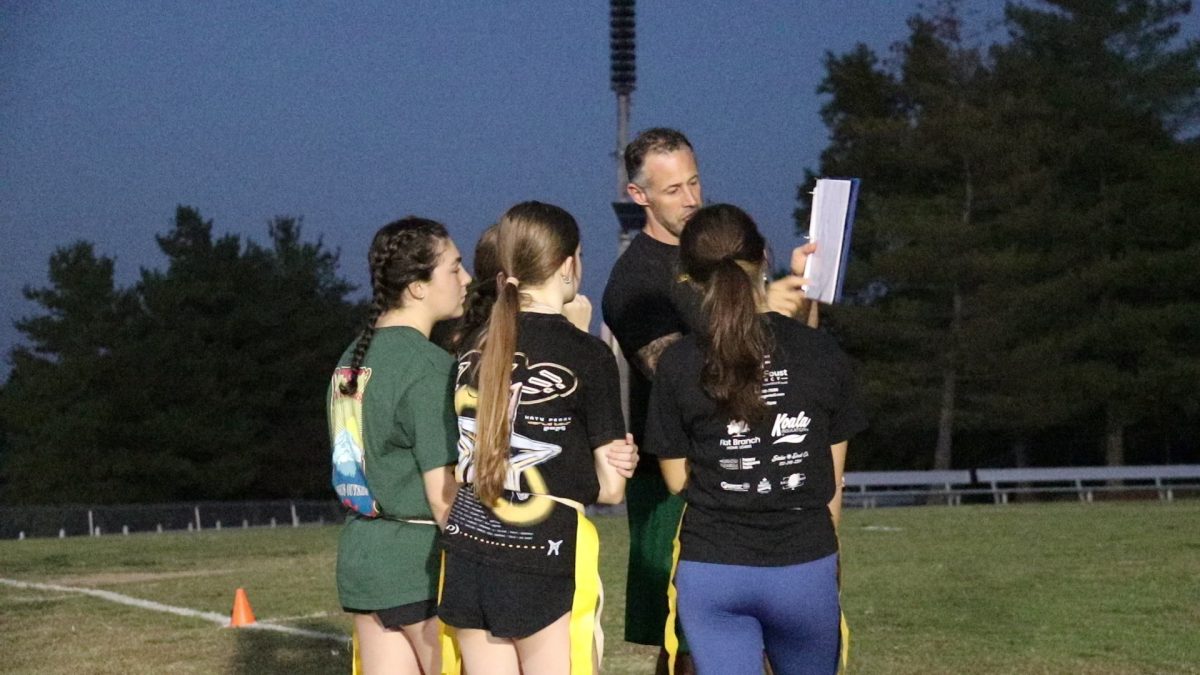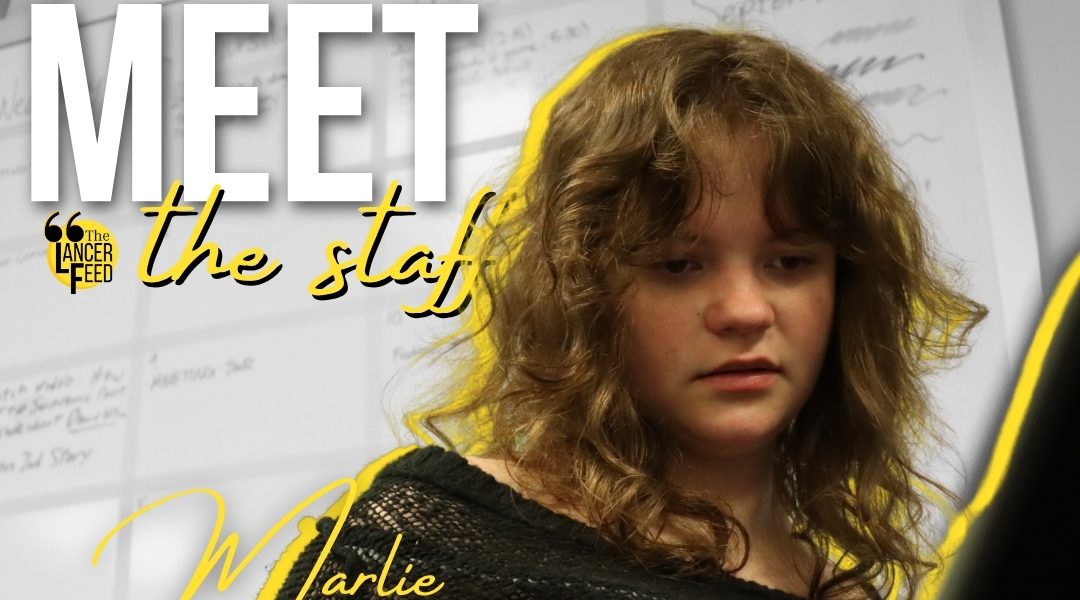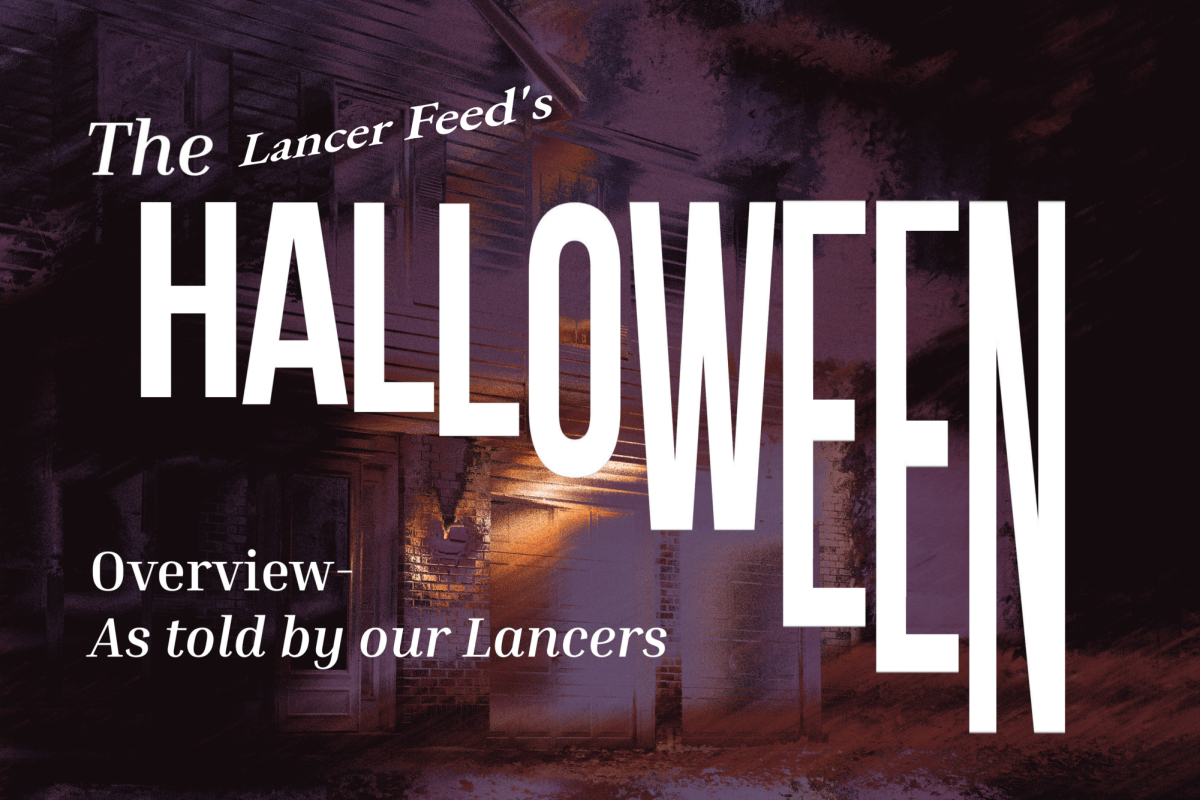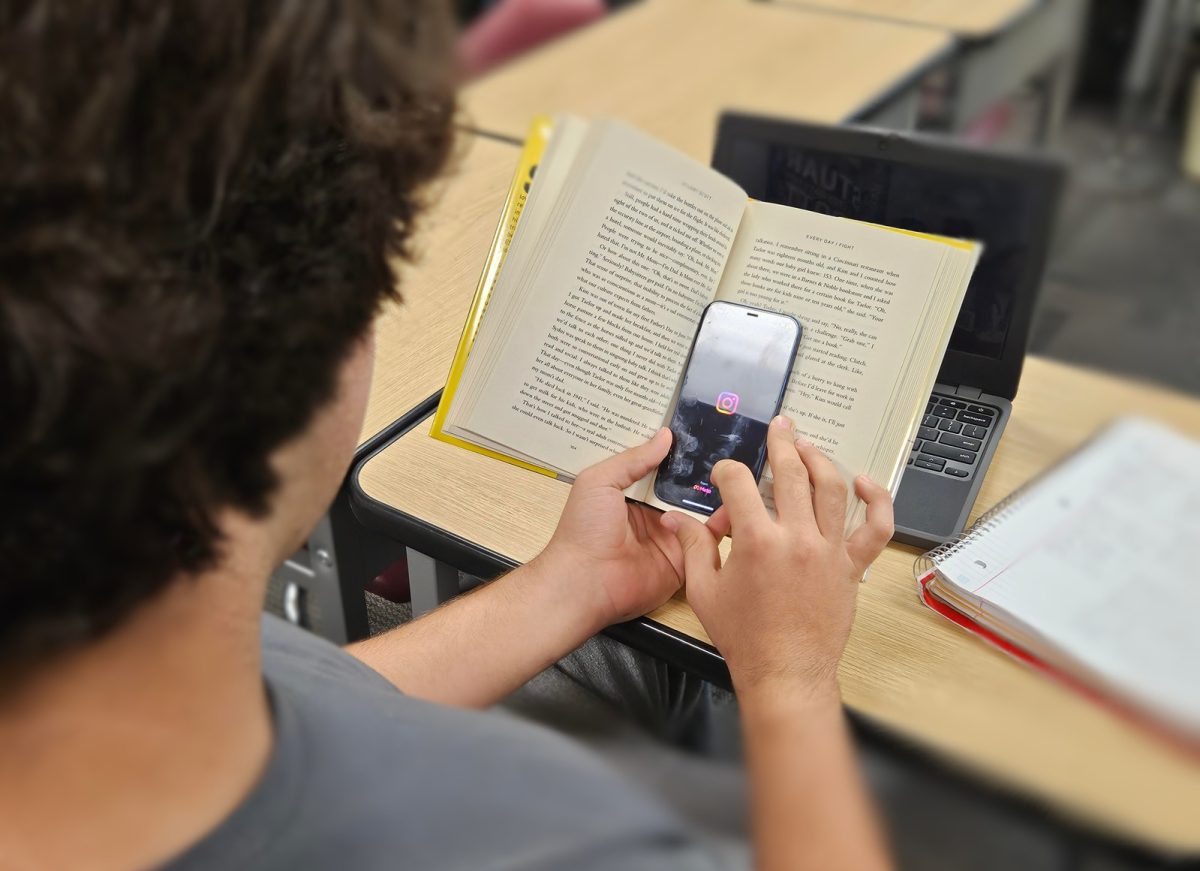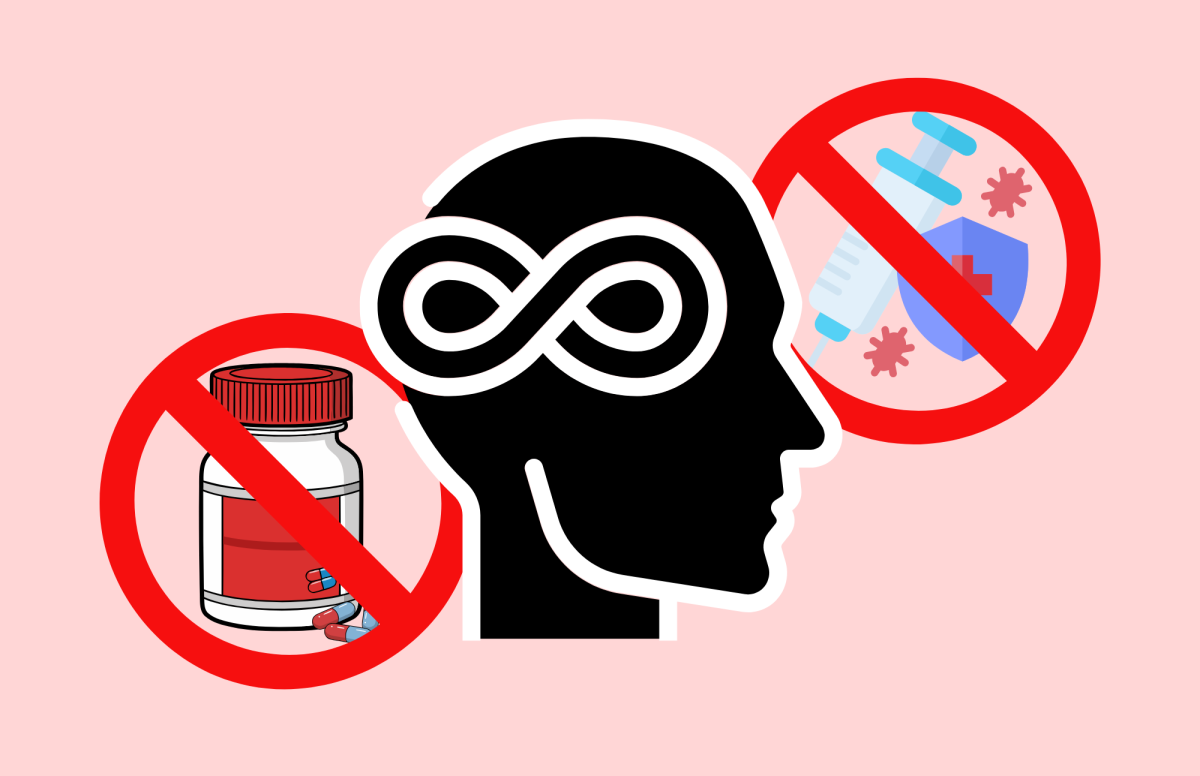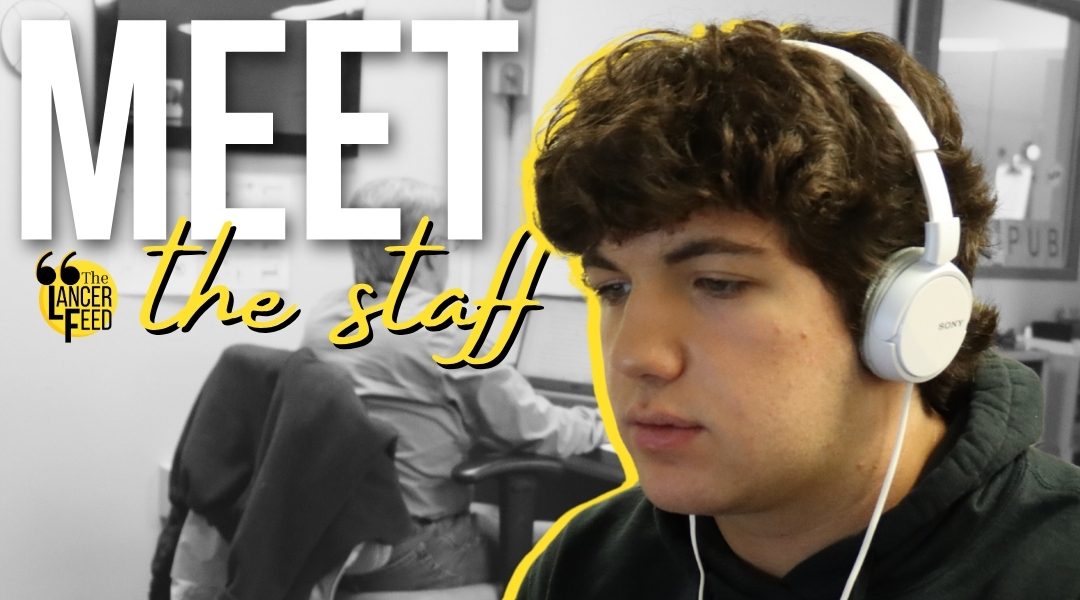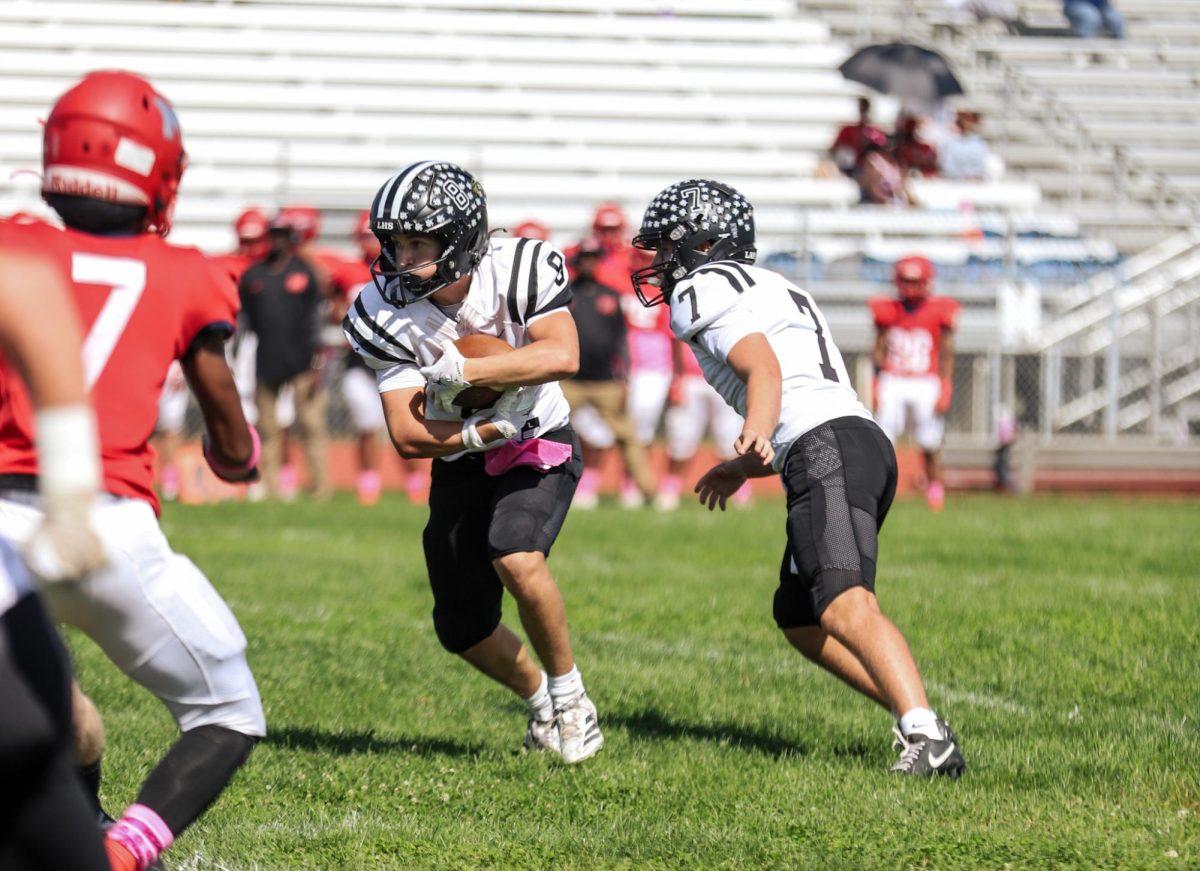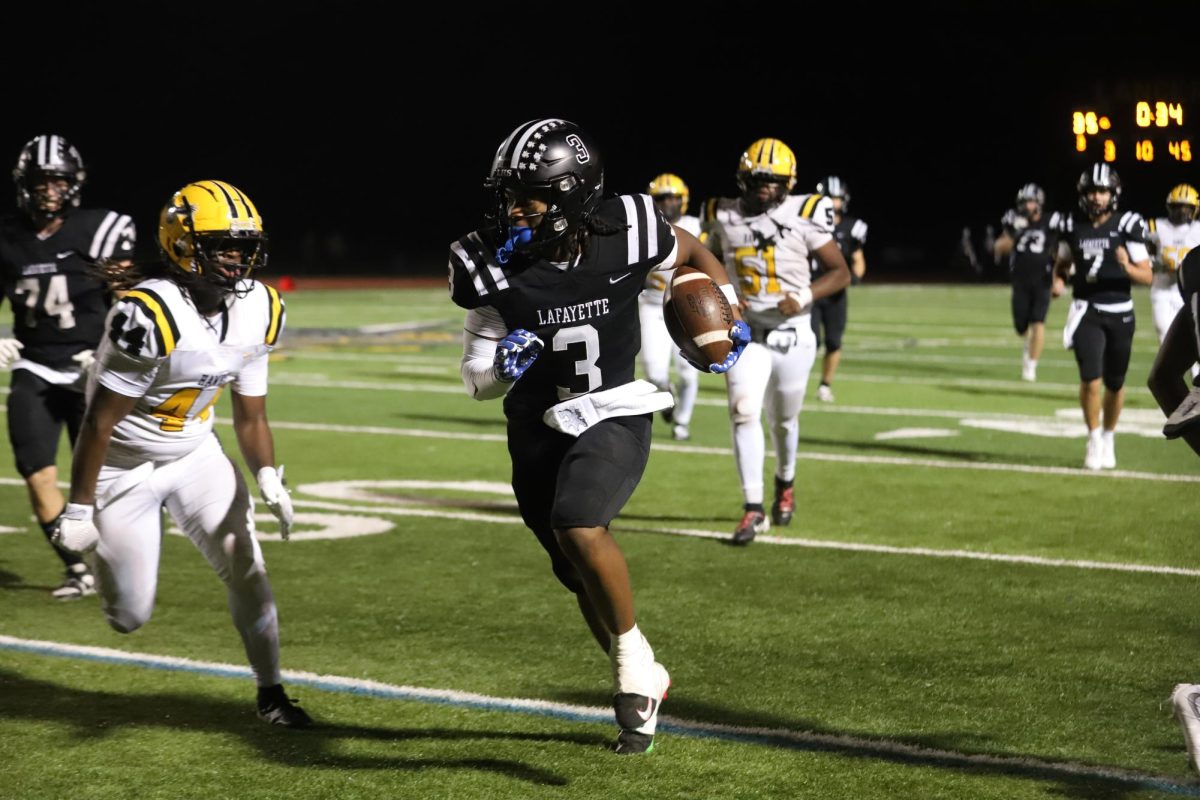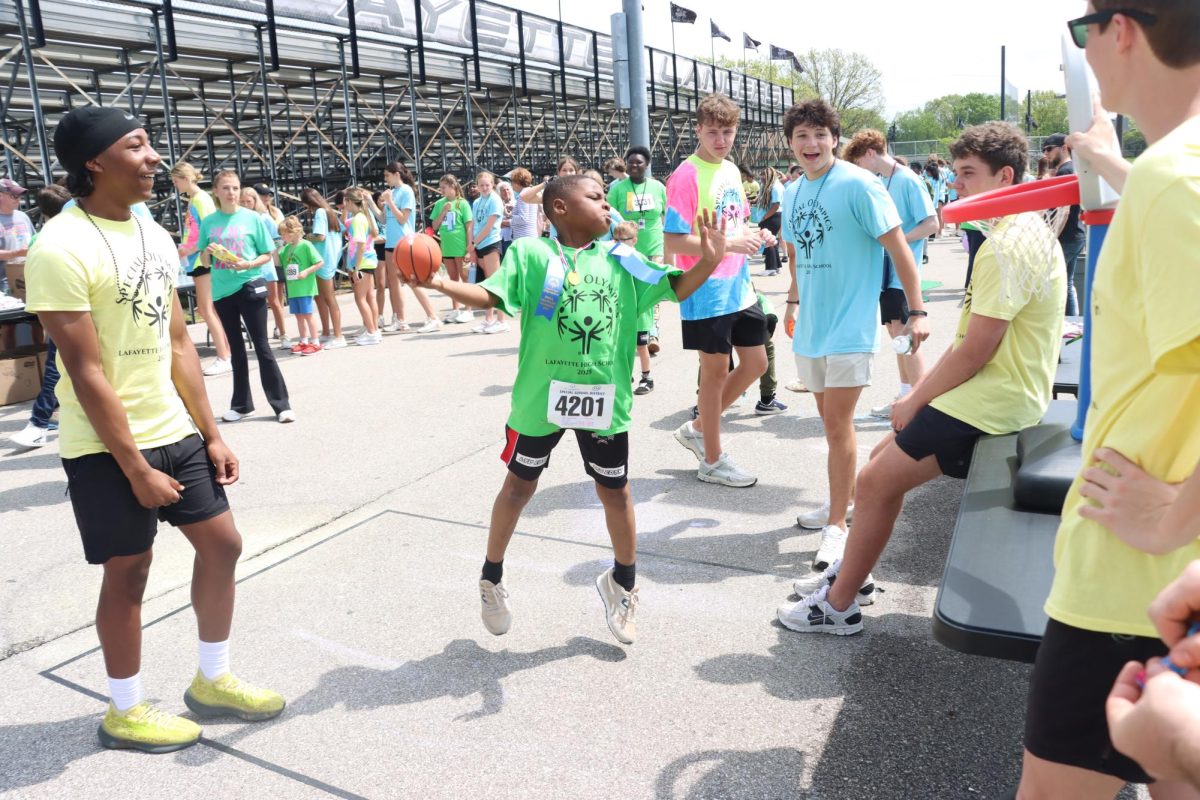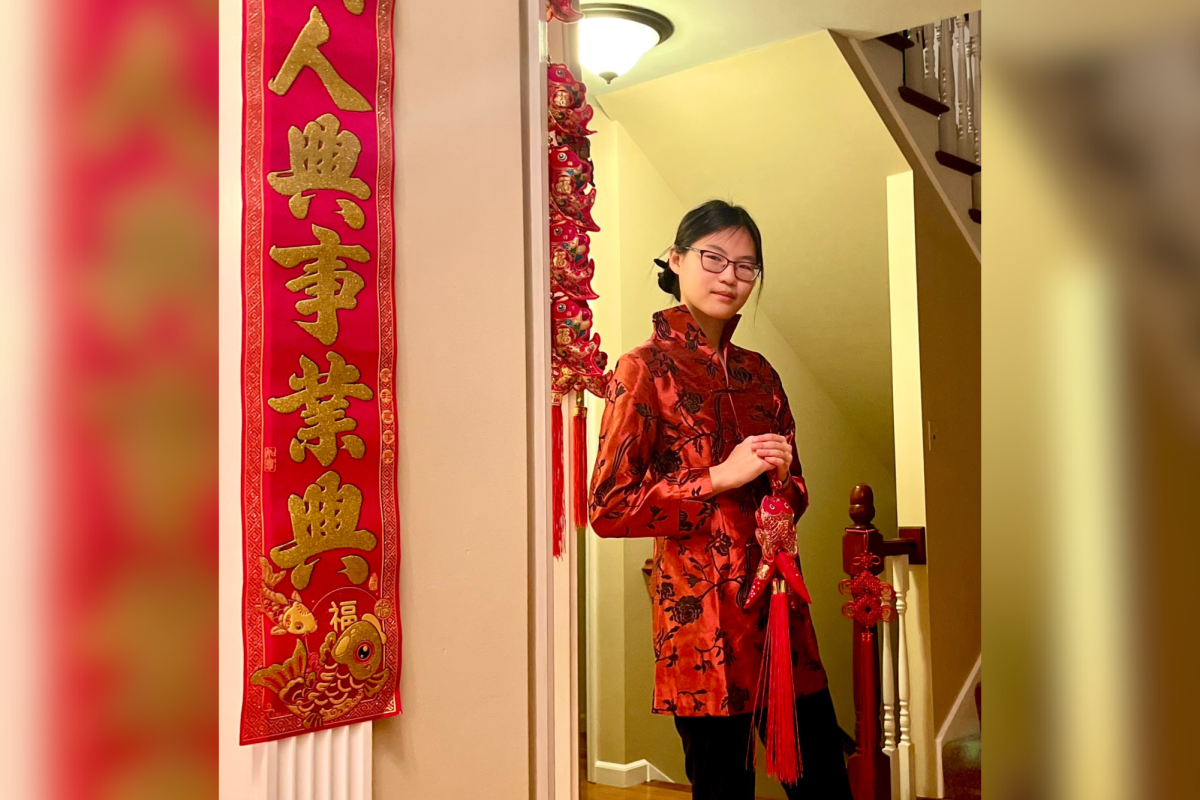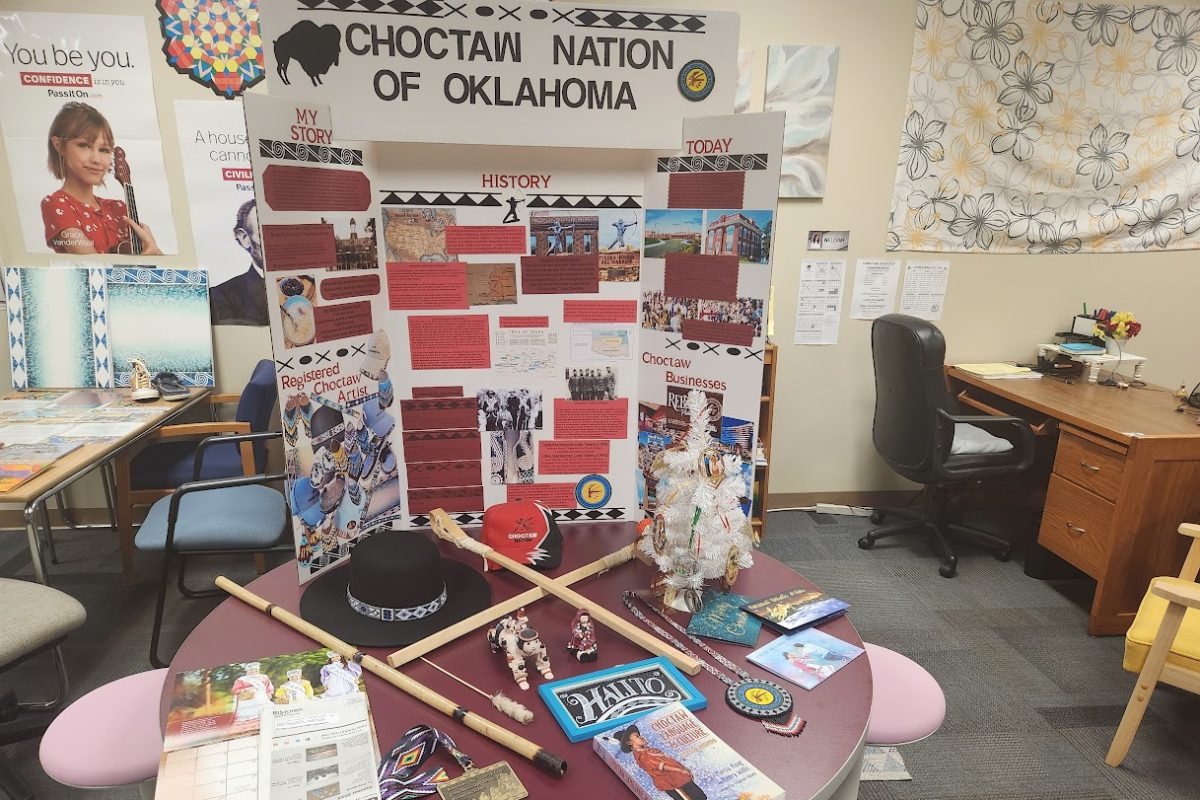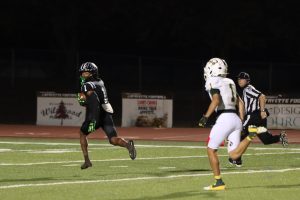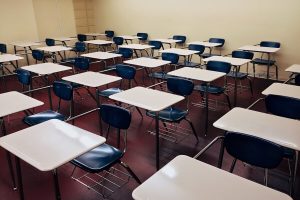Staffing shortages cause problems for teachers, could lead to school closure
December 8, 2020
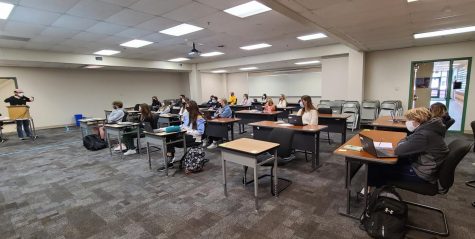
The number of teachers quarantined within the Rockwood School District (RSD) gradually increased throughout the time of the school’s opening. At Lafayette, there are currently <10 staff quarantined and <10 staff members tested positive according to the Rockwood Health Indicator.
However, if the number of teachers quarantines reaches a point at which the school is not able to staff all classrooms, it could result in the closing of schools. Though, If Superintendent Mark Miles does ultimately decide to close the school, it would only be for a short time.
Assistant Principal Michael Franklin said, “It would be periodic, just until we could get enough staff back in the building.”
Uthoff Valley Elementary is the only school in RSD that has closed due to their number of quarantines surpassing the point of being able to staff the school. The school publicly announced the closure on Nov. 16 and immediately took effect on Nov. 17, specifically citing staff shortages as the reason for the closure. Though this is the only Rockwood School that has closed staffing shortages, it can be seen to affect most schools in the district.
While concerns among staff at Lafayette have been raised, Director of Human Resources Tracy Edwards seems confident in the schools’ ability to handle the shortages and complements the work put in by teachers to keep in-person learning going.
“We are all working as a team to help with any staffing shortages we have at this point. We are hanging in there because of this tremendous team effort,” Edwards said, “Staffing shortages could lead to school closure when the data shows that closing a school is the best and safest route to go based on both staff and students health indicators.”
Although staff shortages may be causing problems within RSD, they are currently not severe enough to cause school closure at this time. However, the decision to keep schools open has been commented on by some staff.
Jeffery Landow, language arts teacher, said, “In the long-term, virtual education is bad for students’ learning and mental health. But in the short-term, there are pretty serious health risks for both students, staff and the families of both. Personally, if I were in charge, I’d err on the side of physical health and safety.”
Though Landow and others are critical of the decision to continue with in-person learning, some other staff members have advocated RSD’s decision to continue in-person learning.
Substitute teacher Dale Walker said, “I do believe the administration made a good decision by the way they have let students return to in-person learning.”
Math teacher Katrina Clark shares a similar sentiment as Walker in that she believes in-person learning is beneficial to student’s learning.
“As humans, we crave social interaction with other people and I have loved having my students back. I feel like I know my in-person students so much better now,” Clark said.
Staff opinions in regards to the continuation of in-person learning are split, and some even fall in the middle. Though the people who most typically fall on the side of the return to school not being a good option are those who are at risk or immunocompromised.
Art teacher Elizabeth Morningstar said, “I think they are doing the best they can with this ever-changing situation. There is no pandemic manual and every school and community has different needs.”
Morningstar expressed a common sentiment held by most staff that the administration is doing the best they can and is making decisions with the best intentions. With the rise in quarantines, some teachers are trying to keep up and are using Zoom to talk to their in-person classes from home during their quarantines. One teacher who has had to teach their class virtually is psychology teacher Krista Silvernail.
“I did not experience any difficulties in being able to teach the lesson from Zoom,” Silvernail said.
Some of the staff has expressed fear for their colleagues, who have been put in a very difficult position due to the school remaining open.
“There are teachers throughout the building who are pregnant, older, immunocompromised like me, or otherwise high-risk for COVID-19 and I certainly worry about them on a daily basis,” Landow said.
Some teachers who were fearful of returning to school returned anyway in order to most effectively teach their classes. The most prominent reason for this being that under the Families First Coronavirus Response Act, staff could be subject to only receiving only two-thirds of their pay if they opt to not return to in-person learning.
If staff chose not to return because they were experiencing COVID symptoms and looking for a diagnosis, requested to quarantine by a healthcare provider or subject to a local quarantine, they are entitled to 100% of their regular pay. Any other reason than the ones listed would be cause to dock salary.
So if a teacher did not feel comfortable returning to school, had to take care of a child due to their child’s school closing or another unconventional circumstance, they had two options, either take the reduced salary and receive two-thirds of their pay or use their sick days. With neither of these options being viable for the majority of teachers, most decided to return.


